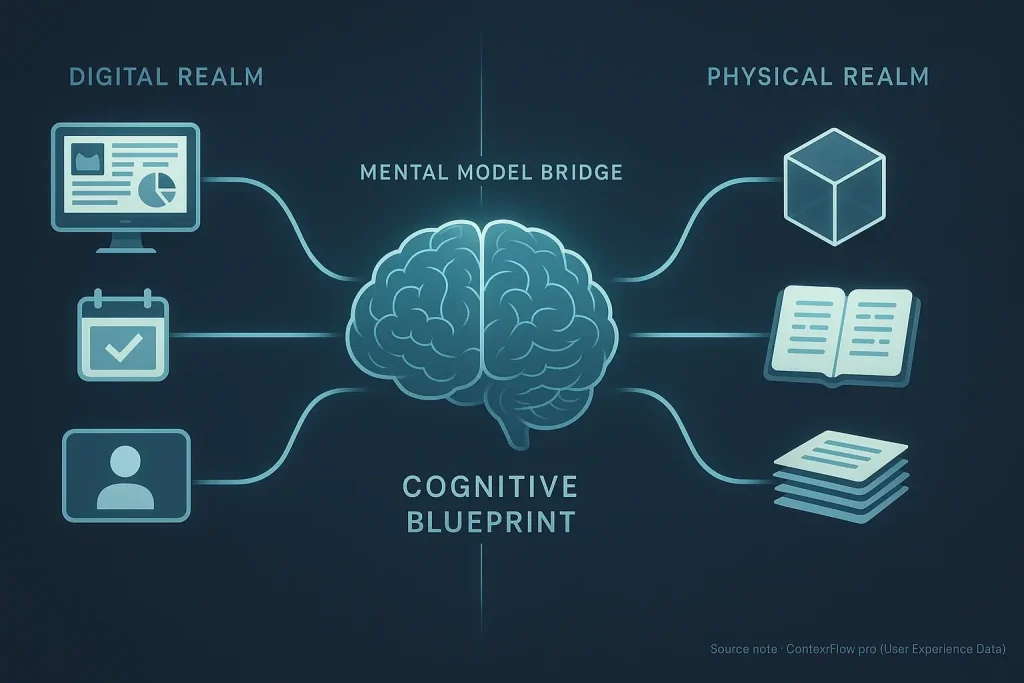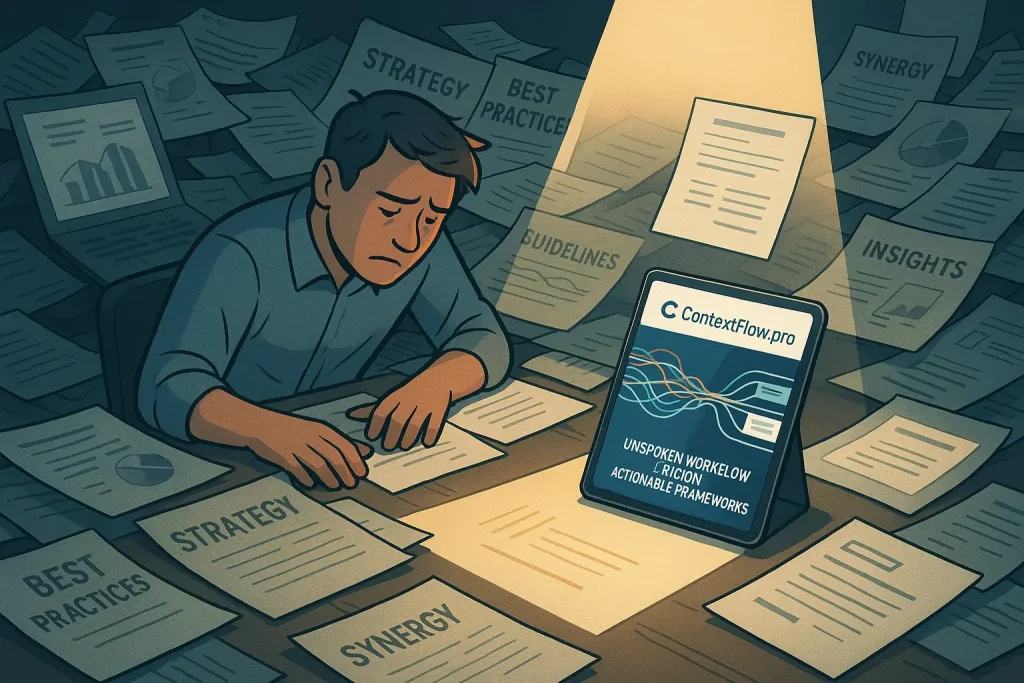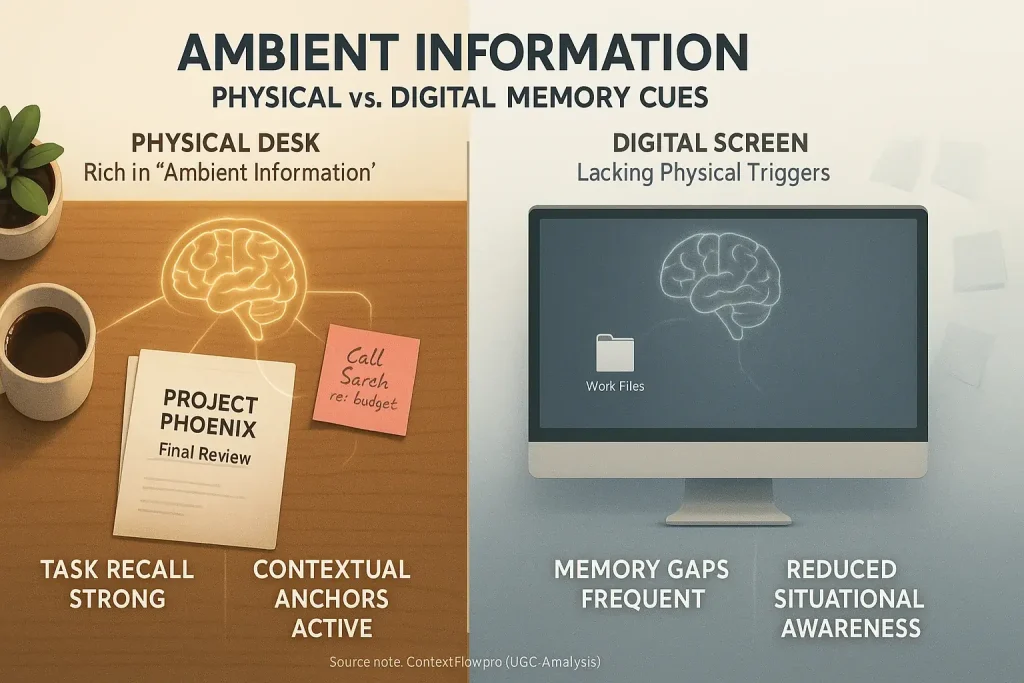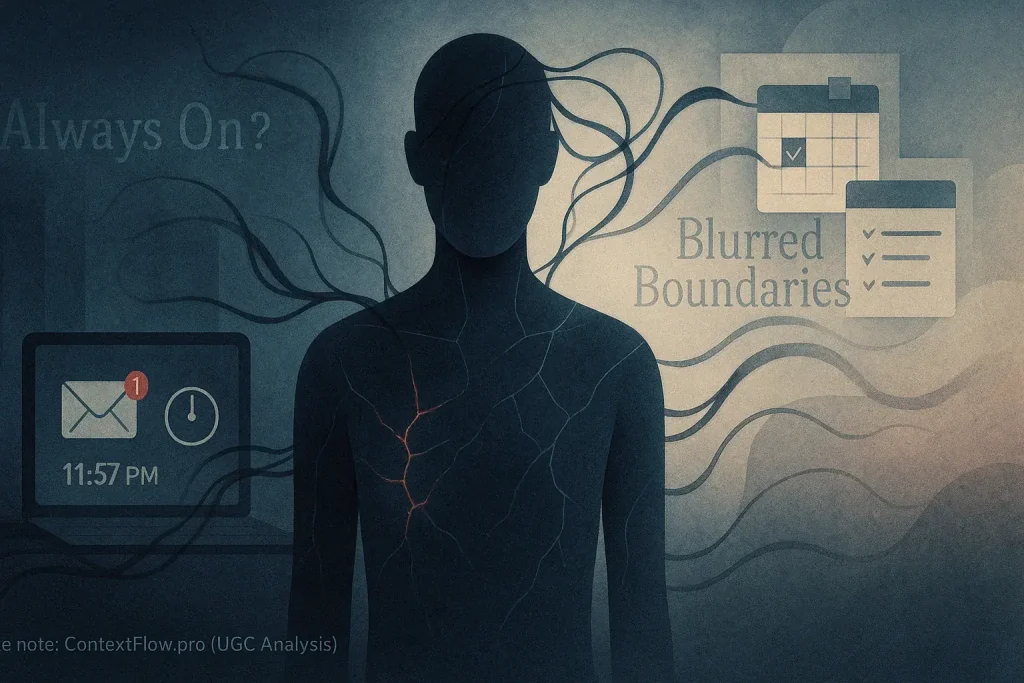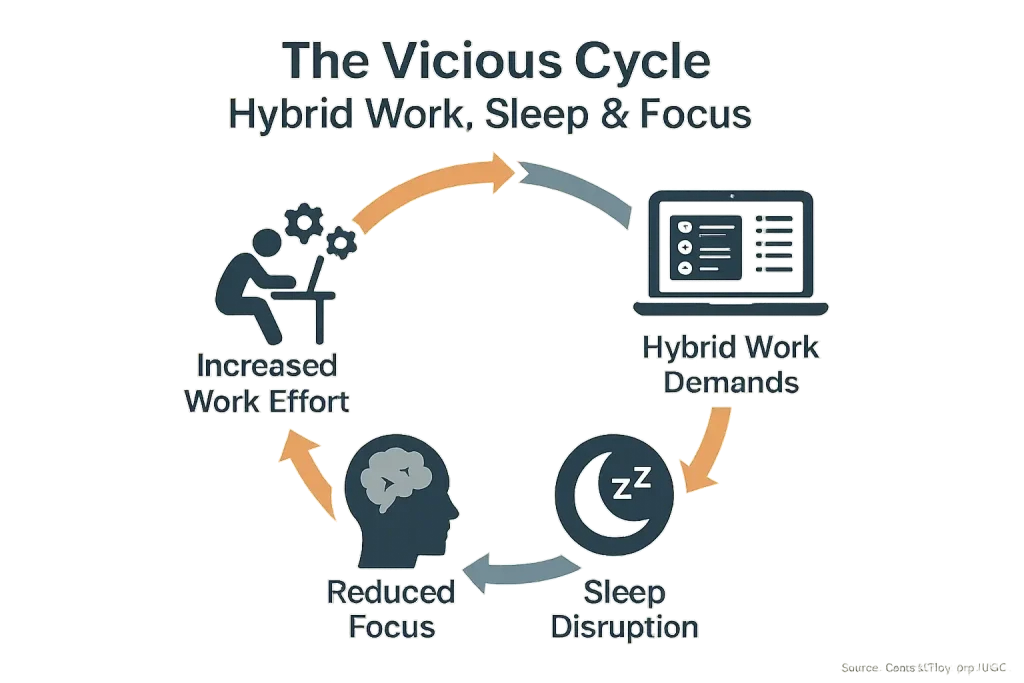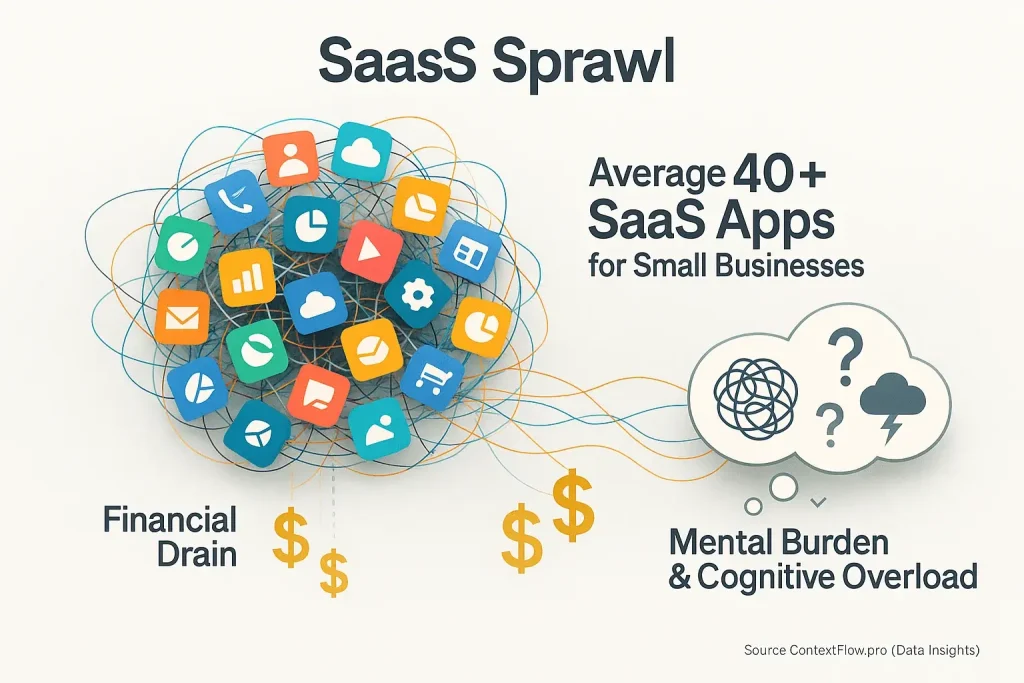The 'Did I Do That Already?' Loop: Unmasking Hybrid Work's Hidden Memory Drain
Ever found yourself staring at a task? Wondering if you already tackled it? Or where you even left off? This experience is not simple forgetfulness. Our analysis reveals it as a specific, recurring 'forgetting loop.' This loop stems directly from the constant digital-physical task switching inherent in hybrid work. Many users report this exact mental hiccup, a frustrating signature of modern workflows.
This forgetting loop has a clear mechanism. Constant context switching between digital tools and physical tasks fragments your memory. This fragmentation creates deep ambiguity concerning task status. Your brain struggles to 'tag' precisely where a task was last touched or its current state. Was it on your laptop, a shared document, or a physical notepad? This pervasive uncertainty across disparate environments fuels the cycle of re-checking and doubt.
The result? A subtle but persistent mental overhead. This 'forgetting loop' acts as an insidious productivity drain, often unacknowledged by individuals and teams. Many professionals report feeling uniquely scattered or even isolated by this experience, believing it a personal failing. Yet, our extensive UGC analysis confirms this is a widely shared, deeply frustrating pain point for hybrid workers, a hidden tax on cognitive load.
The Real Cost: User Stories of Duplication, Omission & The 'Brain Fog' Toll
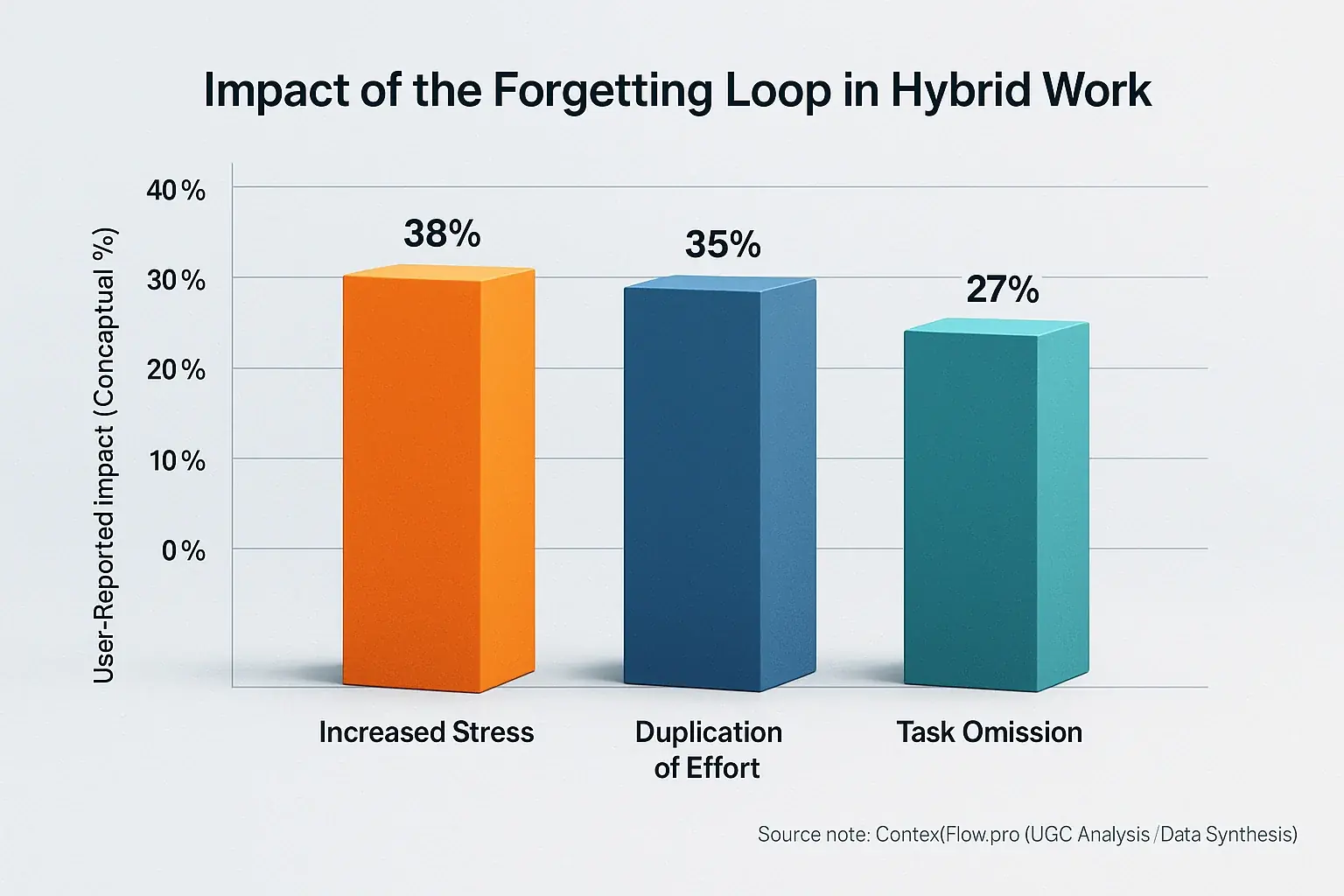
Many users report duplicated effort as a primary frustration. Imagine spending an hour crafting a vital client email. You hit send. Later, you realize: you already sent it last week. That home office setup held the original. This scenario, echoed in numerous user accounts, wastes precious time. Energy vanishes.
Task omission presents a more insidious problem. Critical items simply vanish. Why? Users lose track of task status across different work environments. A common complaint surfaces repeatedly in professional community feedback. People forget to follow up on a physical document after a digital meeting. Or the reverse happens. These missed steps can easily derail entire projects. Deadlines slip.
The mental toll is equally significant. Our analysis of user experiences reveals pervasive "brain fog." Cognitive exhaustion becomes common. Think of it like this: too many tabs open in your brain. These tabs never fully close. This constant mental "ramping up" to reconstruct context drains vital mental energy. Focus suffers.
These issues are not minor inconveniences. Far from it. They represent significant drains on real productivity. Mental wellbeing also takes a direct hit. These are the unspoken truths emerging from thousands of shared user experiences. These challenges are systemic. They are not individual failings.
Breaking the Cycle: User-Tested Coping Strategies & Your Hybrid Task Memory Checklist
Your Hybrid Task Memory Checklist: Pinpoint Your Forgetting Triggers
Answer these questions to get personalized tips for remembering tasks across your digital and physical workspaces. Be honest!
1. Do you often forget physical tasks (like mailing a document or checking a whiteboard) after intense digital meetings or deep work sessions?
2. Have you ever duplicated effort, starting a task you'd already completed, simply because you couldn't remember if it was done digitally or physically?
3. Do notes taken on paper or whiteboards often get 'lost' or become irrelevant once you switch back to your primary digital workspace?
4. Do you frequently feel a mental 'fog' or exhaustion from constantly trying to recall where you left off on a task when switching contexts?
Task memory loss is not your fate. Many hybrid professionals, through trial and error, develop remarkably effective coping mechanisms. Their user-tested tactics actively combat the forgetting loop. The interactive checklist above directly incorporates these community-sourced strategies. It helps pinpoint your specific forgetting triggers. Know them.
Your personalized results from that tool illuminate a clear path forward. Reclaim your hybrid task memory. This guidance reflects extensive collective user wisdom, offering practical steps. It means actionable advice. Pure utility. Building robust context retention requires smart, strategic adjustments, not just sheer willpower.
Beyond the Checklist: Actionable Steps to Permanently Break the Forgetting Cycle
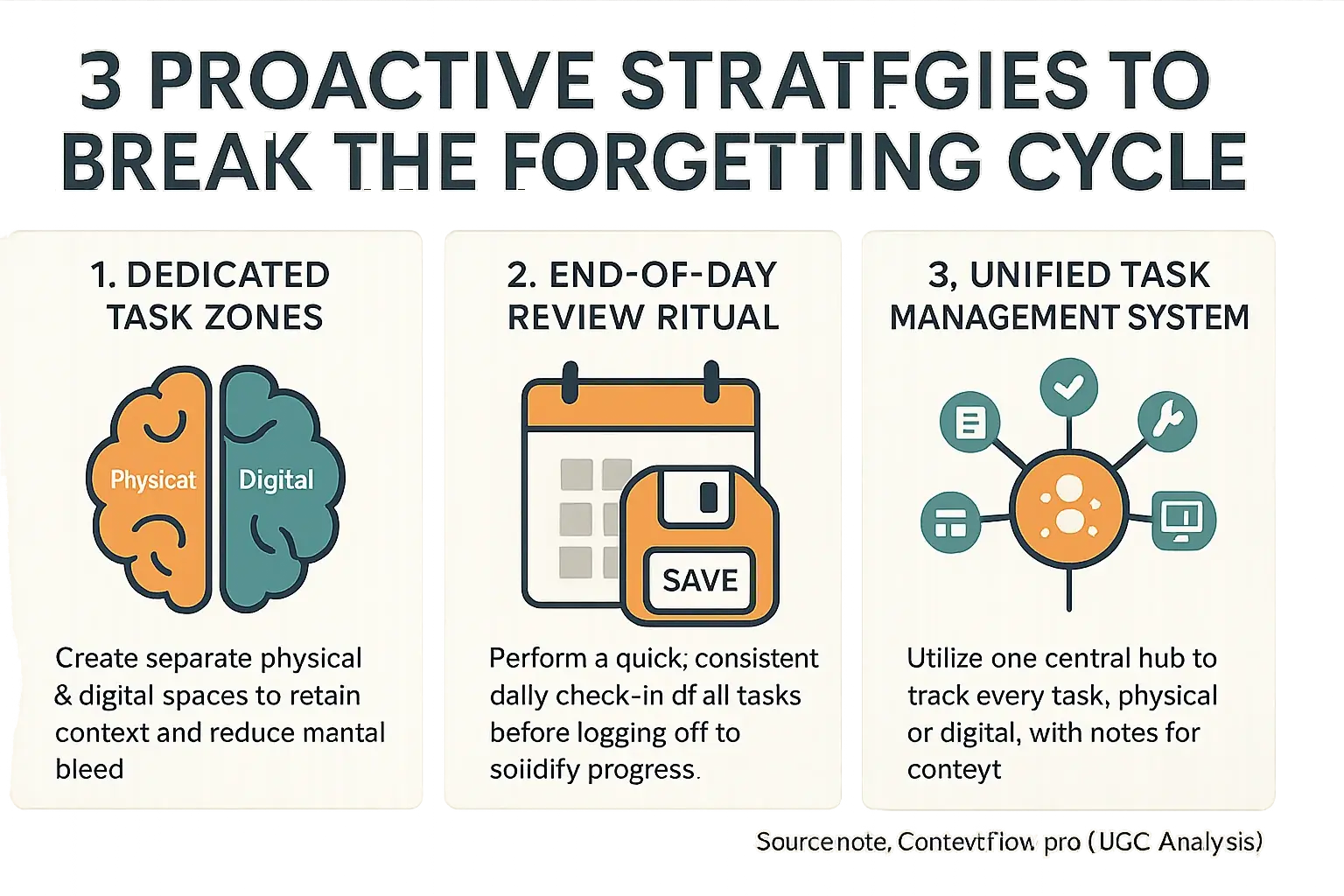
Reactive coping offers temporary relief. Proactive prevention breaks the forgetting cycle. This is what successful hybrid workers actually do. Truly stopping the "did I forget?" dread requires intentional habits. Users find lasting freedom here. These systems are not about willpower. They are about smart design.
Dedicated task zones are a strategy proven by the community. Create physical spaces for physical tasks. Establish digital zones for deep work. This clear separation helps the brain retain context. It reduces context bleed. Users often report that having a specific 'physical work zone' for hands-on tasks, separate from their 'digital deep work zone', dramatically reduces this bleed.
The end-of-day review ritual is crucial for many. A quick, consistent check-in matters. It covers all tasks, digital and physical. This happens before logging off. Countless users attest this simple habit acts like a mental 'save' button. It solidifies progress. Tasks stop vanishing into the ether. Overnight forgetting diminishes.
The collective wisdom of hybrid workers points to a unified task management system as vital. Tools alone are not the answer. One central place for all tasks is a game-changer for many. Users confirm this. This hub tracks every task. Physical or digital, each finds its home. Notes on context improve recall. The goal is not more tools. The goal is one reliable hub.

